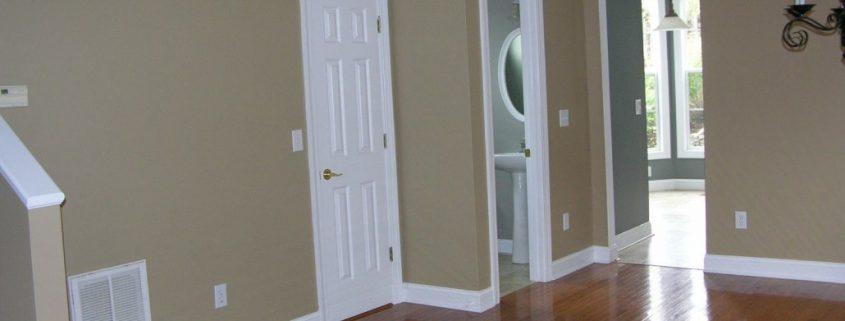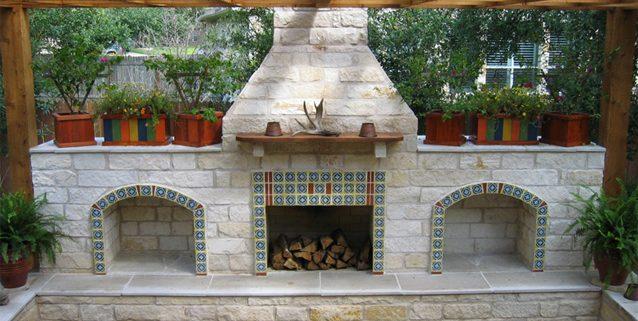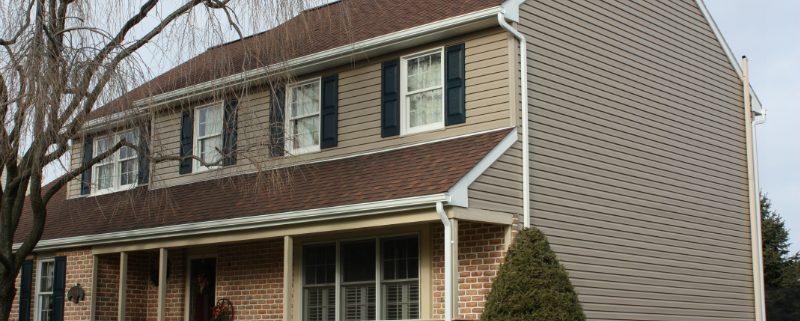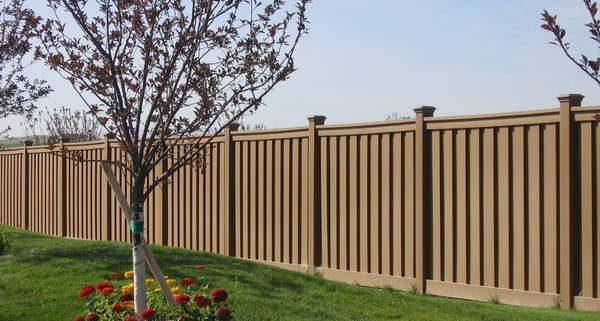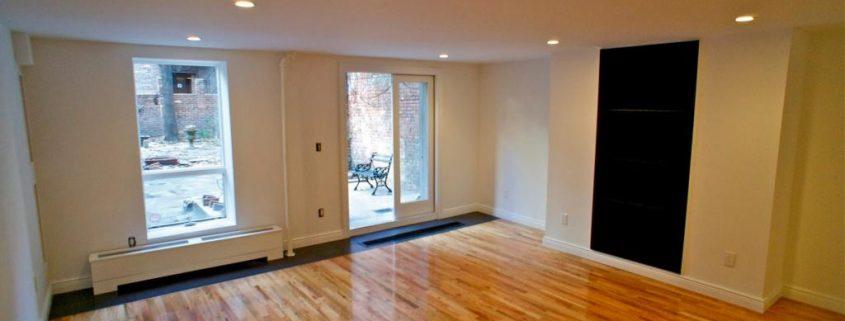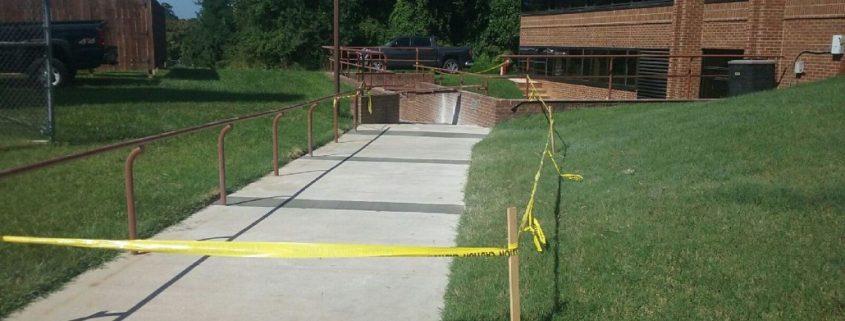Designer Suggestions for Painting Small Bedrooms
Small bedrooms can feel cozy and comfortable when they are decorated with its size in mind. To help a small bedroom look brighter, use light cool colors and choose decorations, bedding and furniture with little contrast. Make sure the furniture is scaled correctly with the room, opting for smaller furniture and choose only furniture that’s needed.
Tone
Cool colors visually recede, while warm colors advance. To the eye, where a wall looks back, looks away, therefore, the room looks bigger. Cool colors reflect light, while warm colors absorb it. Use these tricks, using cool colors on the walls to bounce the light around, such as blue, green or cool white. Avoid warm colors like red, orange or yellow to make the walls seem farther apart and to make the room appear larger.
Saturation
Lighter and less saturated colors reflect natural light, and the more light that bounces around the room, the brighter and bigger it seems. If you choose a dark color like deep red or dark brown, light is absorbed by the paint colors, which makes it look like the walls recede.
Ceilings
Do not forget the ceiling when you’re thinking about the color of the paint. Lighter colors make the ceiling brighter and seem to be higher, while dark colors make the ceiling feel closer and can make you feel a little claustrophobic. Choose white, cream or light blue for your ceiling to help make the room appear larger.
Brightness
Consider the gloss paint you choose. Most indoor paints are available in a variety of highlights, from flat to high. High gloss paints help bounce light around the room, while the flat paint makes the walls look less bright. However, flat paint doesn’t hide flaws on the walls, so if your room has walls with imperfections, choose a gloss level. Many bedrooms are painted with an eggshell finish, so if the walls are in relatively good condition, choose a semi-gloss or satin.


